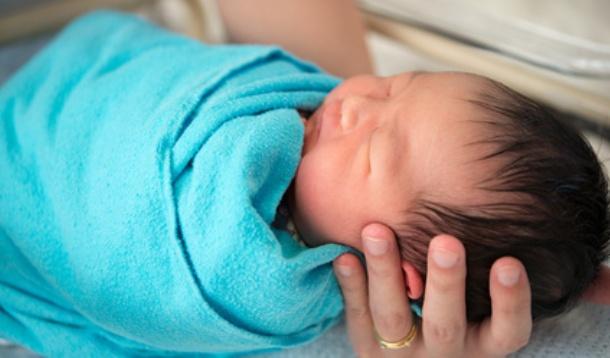
Sudden Infant Death Syndrome (SIDS) is the #1 cause of death for healthy infants under the age of one in Canada. The American Academy of Pediatrics and the Canadian Paediatric Society recommend practicing the ABCs of Safe Sleep to help reduce the risk of SIDS.
Babies should sleep Alone, on their Backs, and in a Crib.
The results of a recent study released in Pediatrics concluded that swaddled babies could have a one-third increased risks of SIDS especially if placed on their stomachs or side to sleep when swaddled. This risk increased as the baby gets older. While this study doesn’t downright prove that swaddling causes SIDS we can see through its findings that the risk is there. To be honest, I didn’t need this study to understand the correlation between swaddling and safe sleep.
While I understand the choice for swaddling for newborn babies, when we start working with clients (at 4 to 6 months of age) and the baby is still swaddled it’s our policy that we are working towards weaning the baby from the swaddle at this point. The main reason is that at that age baby is beginning to move around and roll over and it’s important for their hands to be free. No matter what if your baby is swaddled it should be placed on their back to sleep.
Moms, dads, and caregivers need to speak together on the main steps to reduce the likelihood of SIDS and other sleep-related infant deaths:
Practicing these ABCs can mean happy, healthy, and safe sleep for everyone.
I provide free child and family sleep support on my Facebook page. I invite you to join our sleep community as I work towards Good Night Sleep Site's mission of a healthier rested family unit. For more sleep tips please visit Good Night Sleep Site and visit me on Instagram and Twitter. Join our movement and #BringBackBedtime.